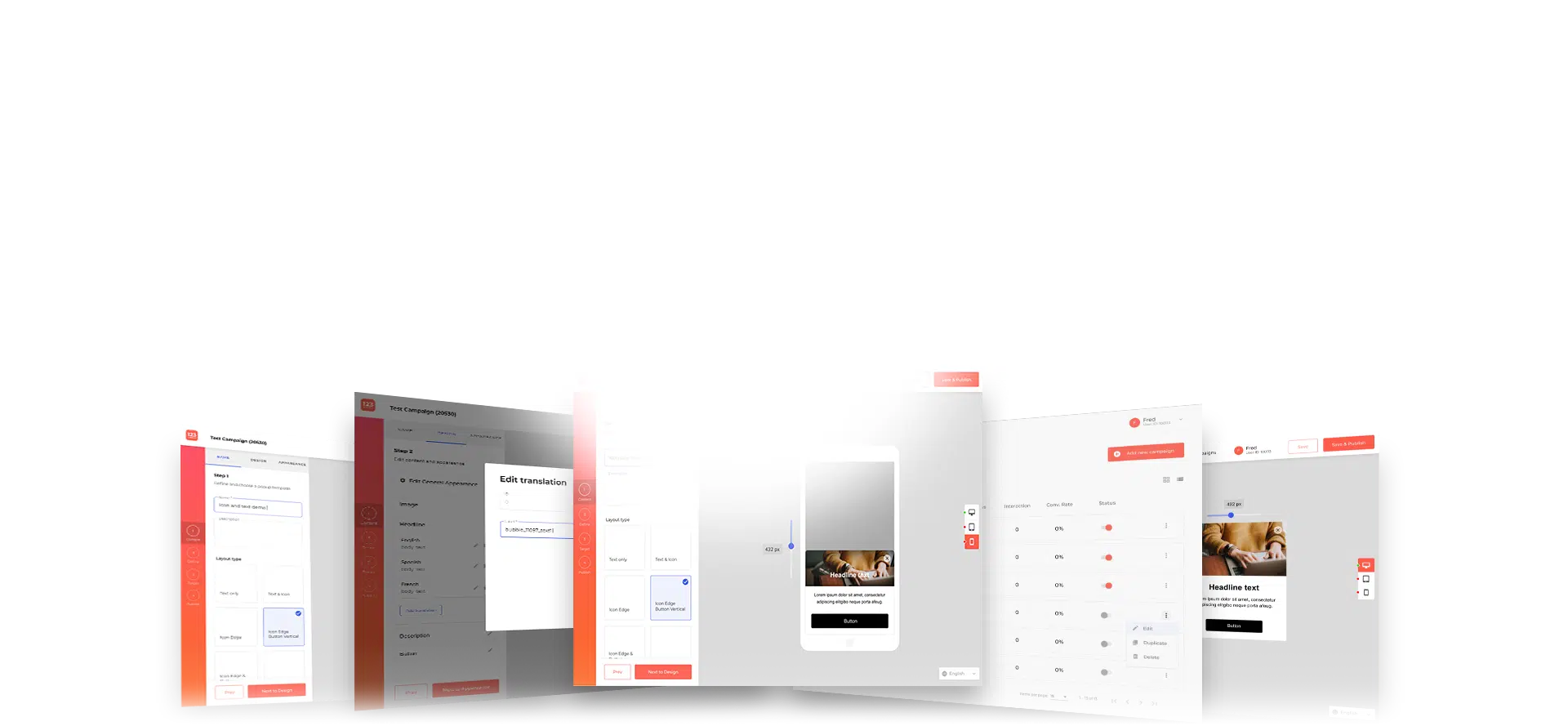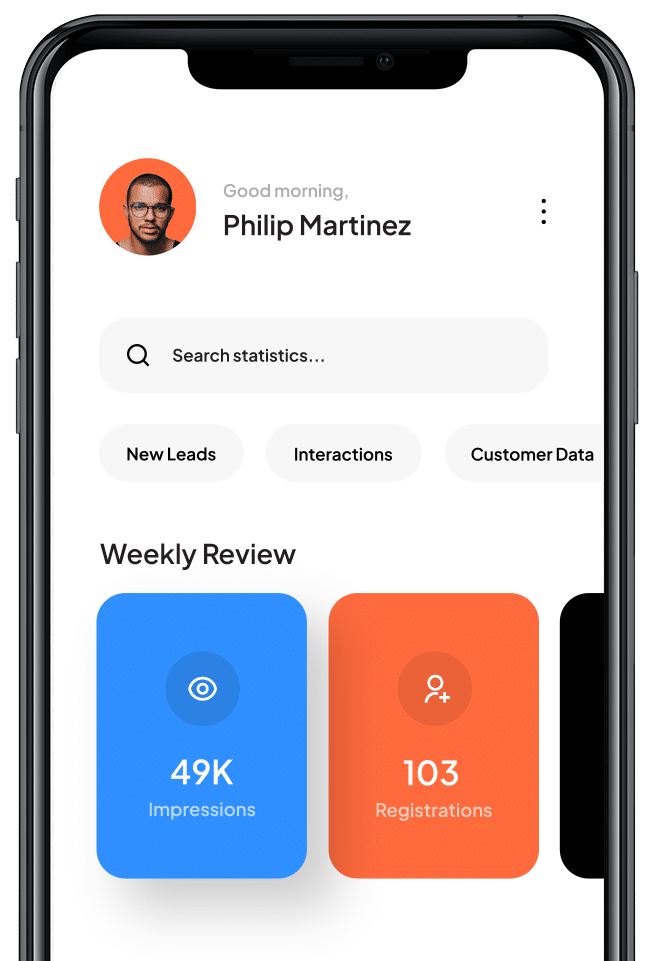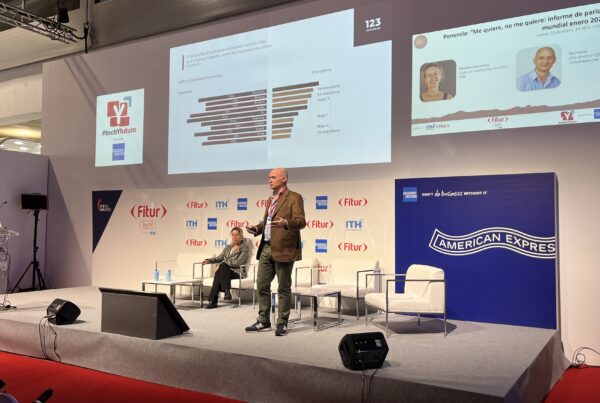Enhance you website’s user experience and boost your direct bookings. Maintain price parity, design personalized campaigns, and implement recovery actions. Ensure no user leaves your website without completing the booking cycle.
Without the need for integrations, save time and reduce your reliance on online intermediaries in an easy way.












